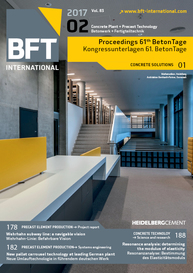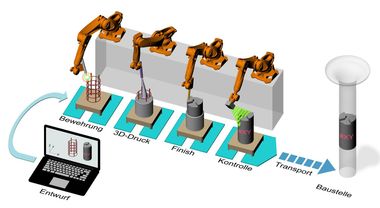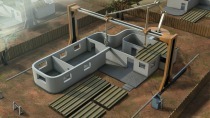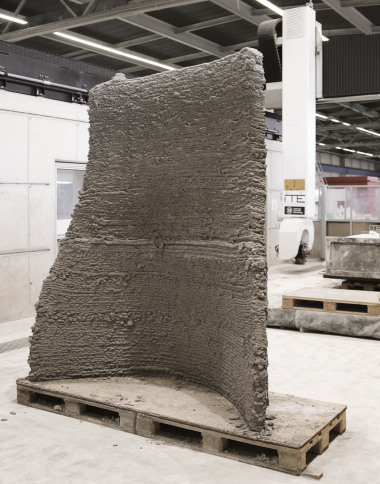3D concrete printing
Additive manufacturing methods (“3D printing”, or “3DP”) have already gained a foothold in many industrial areas. So-called “3D printers” are also increasingly being used by end consumers. In all 3DP methods, a 3D model of a component is converted to 2D layers that are used to build up the component in a layer-by-layer process either by applying a shapeable material or by selective binding in a particle bed. The associated work steps do not require specially designed tools and almost completely decouple production cost from the manufactured number of pieces and element complexity. 3DP thus...







